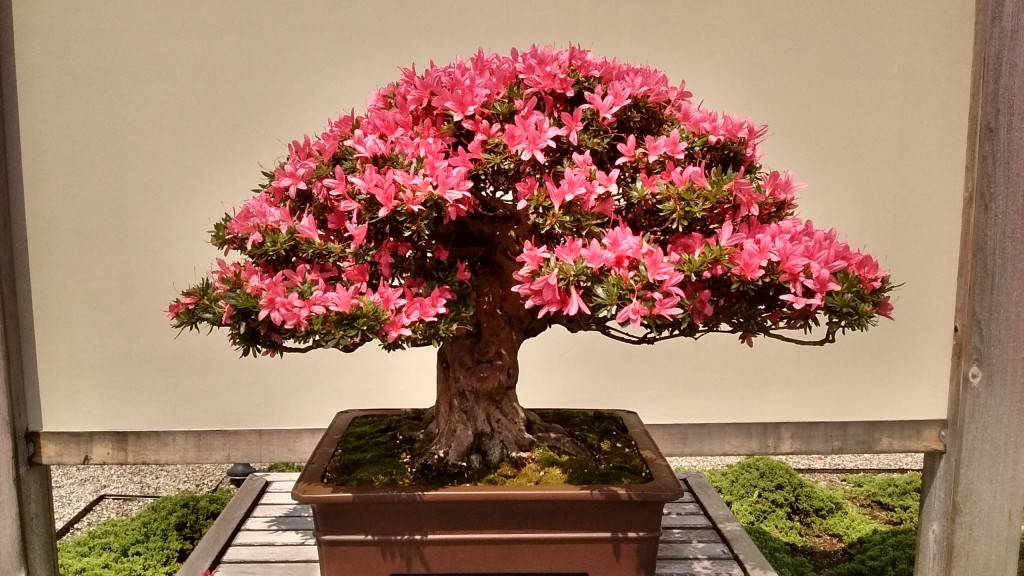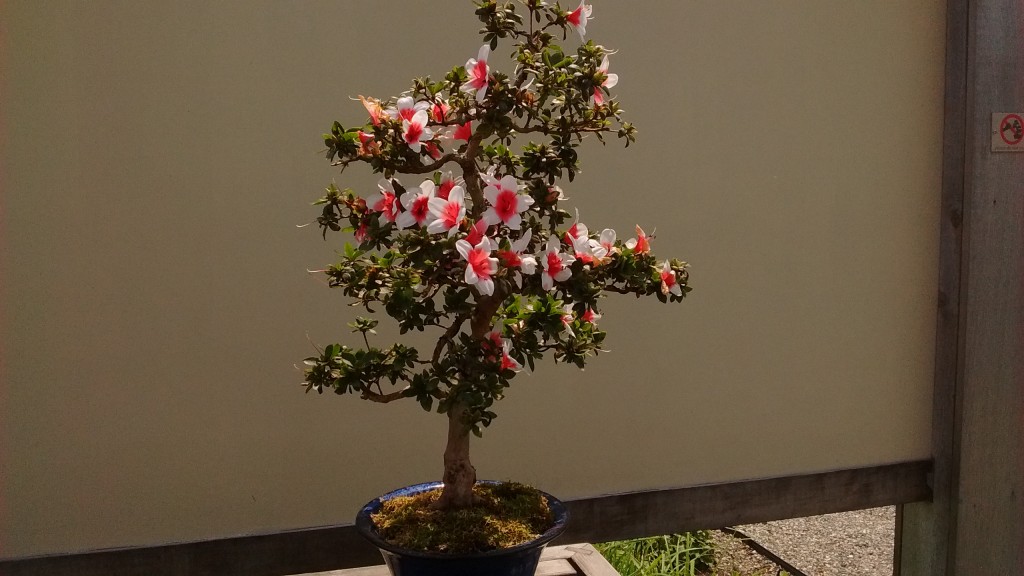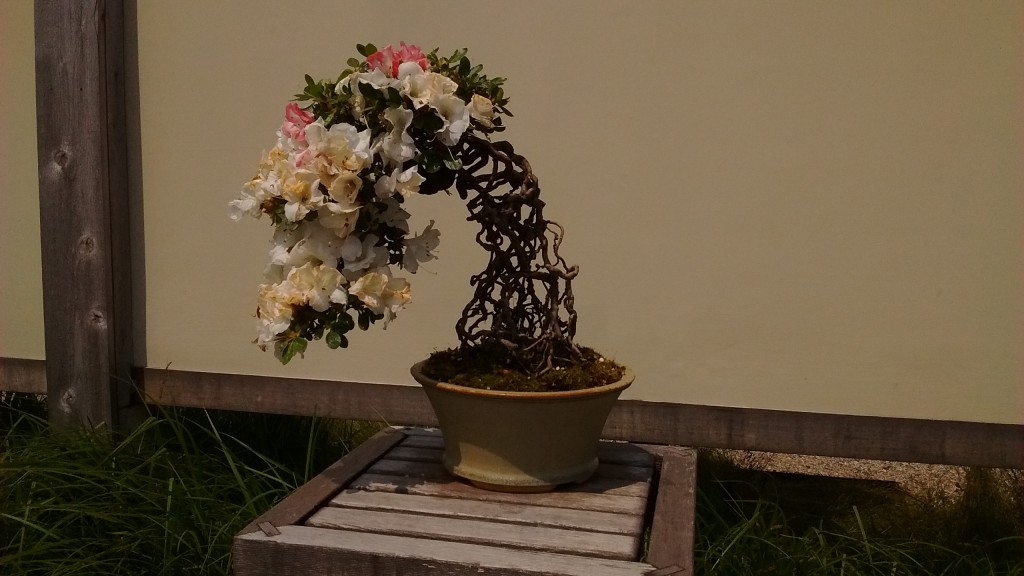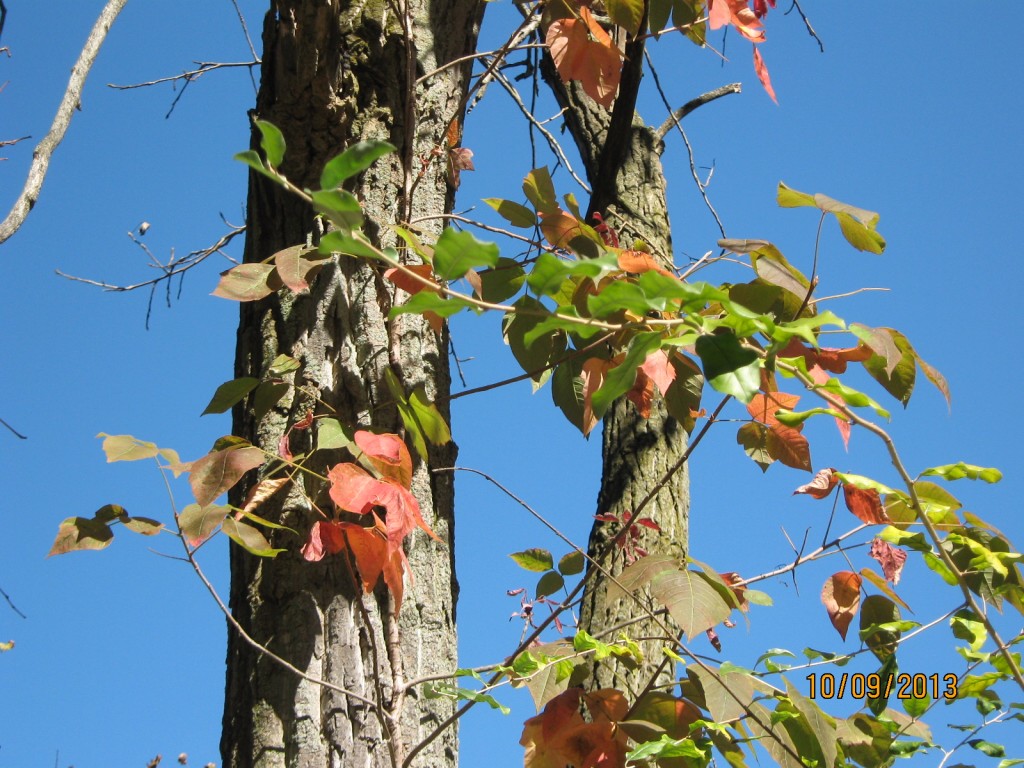Although you can prune apple trees just about any time of the year, most apple growers agree spring is the best time to do it. You may have seen professional orchardists out pruning trees as early as February but that is only because they have so many trees that they need the extra time to get them all pruned before the growing season starts.
Pruning and shaping apples trees takes some knowledge and experience to get it right but there are a few cuts you can be sure of even if you’ve never pruned an apple tree before.
Before pruning remember to make the cuts near the junction of the twig or branch and the main branch or trunk. Don’t leave a long stub. Conversely, don’t cut into the trunk or main branch, that makes it difficult for the tree to heal. Try to leave just a small “collar” to allow for proper healing.
You’ll need two basic tools. Use a sharp pair of pruning shears for twigs and small branches. Loppers resemble over-sized pruning shears. They are much more sturdy than shears, have longer handles and are used for for cutting larger branches.
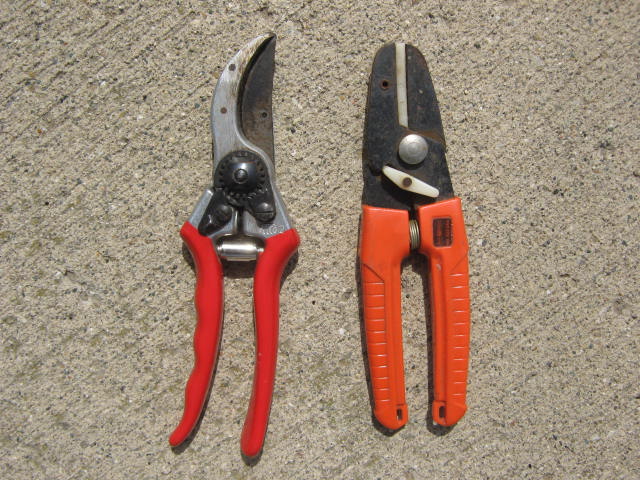
By-pass type pruners (left) make the cleanest cuts. Anvil type pruners are cheaper to buy but don’t cut as well.
Here’s five basic cuts to make when pruning apple trees:
1) Cut off all dead twigs and branches. The spot where they attach to the tree provides a entry point for disease and other pests. Once a branch dies, the tree will try to heal around the dead branch. Unless the branch is cut off or falls off naturally, healing will never be complete.
2) Prune away “suckers”. They are those thin shoots that grow up around the base of the tree. They don’t contribute anything to the tree and make their growth at the expense of the rest of the tree.
3) Help increase light penetration and improve air circulation through the tree by removing all “water-sprouts”. Those are thin shoots that grow straight up from the main branches. They don’t produce fruit and will grow larger each year eventually distorting the tree.
4) If two branches are rubbing against one another, remove the weakest one. Rubbing damages bark leaving a wound for disease organisms to enter the tree.
5) This one will take a little more thought. Prune away weak branches that are shaded by more vigorous branches. Even though they may produce fruit, it won’t be the quality and volume produced by stronger branches. If you are fortunate enough to have inherited a mature apple that has been properly pruned through the years, it’s easier to tell which are the weaker branches.
There is much more to proper apple tree pruning but these five cuts will go a long way to improving the health of your tree and building your confidence for more sophisticated pruning.
Bob
